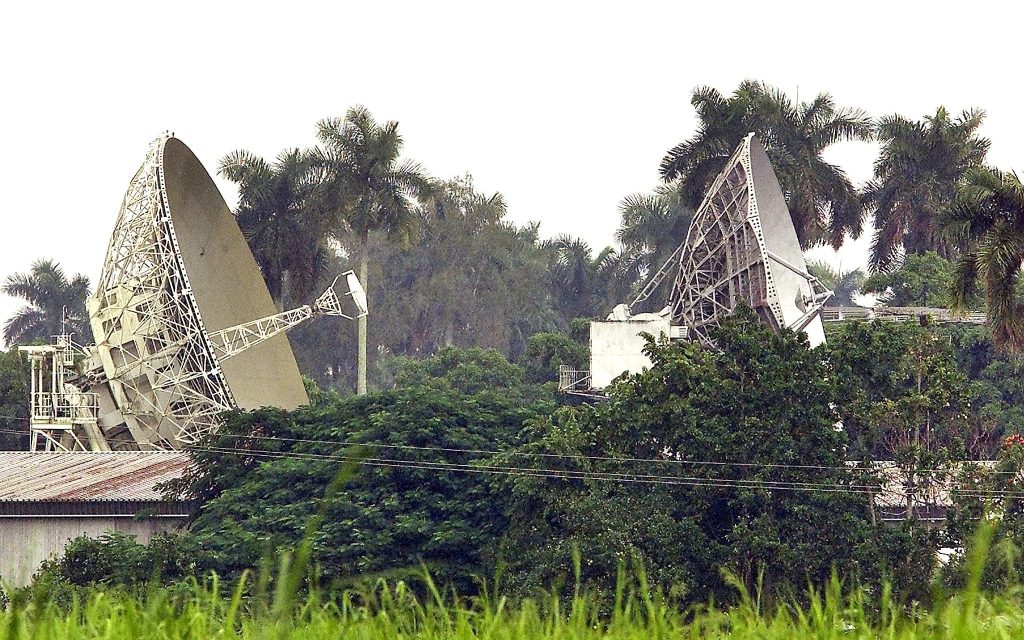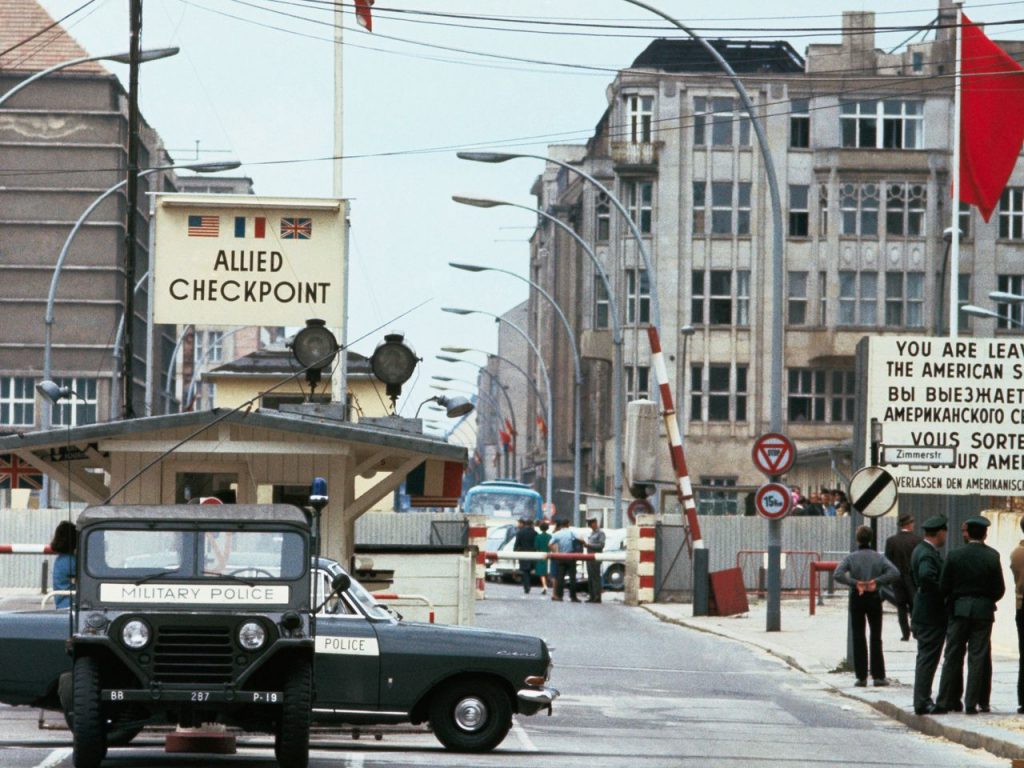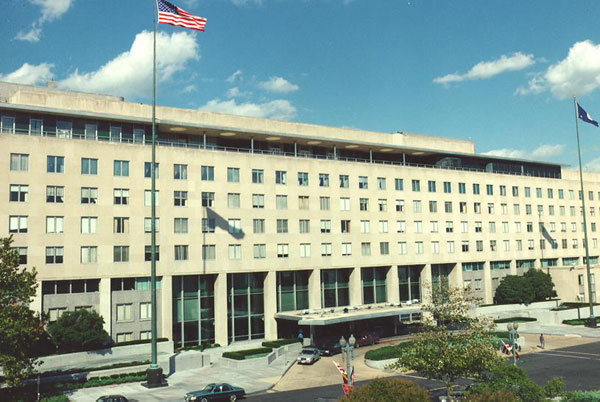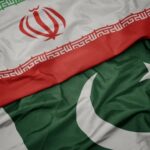Iranian attacks on U.S. military bases in the Middle East are not new. In the past, we have seen Iranian proxies and militias push the envelope and test US commitment, often with mixed results. Under the Trump administration, we have seen a series of attacks, but ultimately the US responded strongly dispersing the PMUs/Iran-backed militias. The liquidation of Qassem Soleimani’s, Iran’s point man on various strategic matters, including in Iraq and Syria, likewise disrupted many of these operations. However, with the Biden administration signaling a policy of appeasement towards Iran’s regional aggression, the White House left an opening to Iran to reassert itself and to use the window of opportunity to try to push the US out of the region. The attacks started after October 7; Iran views US as the “Great Satan” to Israel’s “Little Satan”, and so it is no surprise that one of the ways to pressure US on its support for Israel and its regional presence in general, especially given the polarization in the US and the critical election year with isolationism on the rise and Biden’s popularity at an all times low, is by attacking US targets. With approximately a hundred attacks which led to numerous serious injuries and fatalities among US troops, Iran can give US a bloody nose and embarrass it on the international stage while avoiding accountability and strong response by hiding behind expendable Iraqis and Syrians.
Moreover, this strategy worked – despite some symbolic airstrikes, US was reluctant to engage in stronger actions against meaningful targets out of concern for regional escalation, which nevertheless is ongoing regardless. Simultaneously, Iran has lobbied through its political allies in Baghdad to have US troops removed from Iraq altogether. Although the US base now only hosts approximately 2500 troops, they are a crucial element to maintaining regional stability and limiting the rise of ISIS. In the past year alone, US participated in numerous joint operations with Iraqi military to take down dozens of ISIS operatives.
Despite Iran’s alleged commitment to fighting ISIS, it has in fact taken no action against ISIS fighters and instead has focused exclusively on undermining US allies as well as US directly and weakening US regional presence. With US dealing with multiple crises which include Israel-Hamas war, the Houthi attacks on commercial vessels and US warships in the Red Sea and threatening freedom of navigation, the Russia-Ukraine war ongoing, and smaller fires breaking out all over the globe, Iran sees a perfect timing to take concerted action that would further diminish US hold in the region or push it out altogether – in favor of Iran’s own agenda, but also in favor of its allies China and Russia. And indeed Washington appears struggling to juggle all the balls; Republicans in Congress are blocking aid to Israel and to Ukraine; some of the regional allies are opposed to US airstrikes on the Houthis; the Biden administration seems conflicted over the Gaza strategy and tensions with the Israeli government are rising over the handling of the tactics, humanitarian situation, and Gaza casualties; hostages still have not been fully rescued, and all of these operations are costly with increasing pushback from progressive voices within the Democratic party as elections creep closer.
Despite all this, US is still hesitant on confronting Iran directly, in part due to the proliferation of pro-Iran propaganda internally, in part due to lack of coherent policy (and also while dealing with a political fallout over the Special Envoy on Iran Rob Malley who has been under investigation and displaced from power, and now with inquiries over the Defense Secretary Lloyd Austin’s strange cover-up of his medical condition), and in part due to the ideological fixation by various elements of the administration who do not understand Iran’s ideology, agenda, and strategy.
Russia most certainly benefits from any regional chaos and from disruption of the flow of support to Ukraine and any distractions. In fact, the proliferation of global crises we are seeing today likely goes back to the Soviet strategies of “controlled chaos”, which included destabilizing smaller countries and proxies, and also another element which included starting crises in multiple places simultaneously to weaken commitment and resolve and to distract US politicians, who always link policy to the prospects for reelection distracted and pandering to popular demands for withdrawal.
Over the last several decades, Washington cemented the public perception that the American public cannot stomach long wars or other extensive and costly commitments, much less bad publicity. Russia has taken advantage of that in various spheres, and now that its relationship with Iran has strengthened significantly, it is coordinating both information operations and kinetic agenda in the region to advance these political goals in the West. Iran and Russia often lobby together against US assistance to its allies; Quincy Institute, run by the unregistered Iranian lobbyist Trita Parsi, George Soros, and the remaining libertarian Koch brother, is very vocal against US support for Ukraine and in favor of Russia’s interests; simultaneously, it produces an endless stream of Iranian narratives. Pro-Iran voices in various other institutions likewise frequently criticize US involvement in Ukraine and fearmonger about the prospects of endless wars, nuclear holocausts, and other security concerns for US citizenship in the event of any type of action – be it military or economic – against Iran and Russia.
Still, Iran does not need much encouragement in that regard. It has its own independent policy and resources, and in fact, while Russia has assisted Iran with civilian nuclear reactors and assorted weapons development, Moscow is now more dependent on Iran’s support than ever before, forming new channels for sanctions-busting, buying Iranian weapons, and developing joint arsenals of ballistic missiles. Indeed, while Iran and Moscow jointly supported assorted Iranian proxies and allies in the region, at some point these interests will clash over power sharing and access to critical infrastructure bases, and regional dominance. However, despite much progress, both countries are still far away from the point of confrontation. In the meantime, Russia is doing everything possible to facilitate Iran’s anti-Western efforts, including with its open support for Hamas against Israel as a way to get at the United States and undermine perceived Western interests in the region.
The open secret here is that the Cold War never ended; it continued by other means and in other theaters temporarily until the time came for Russian, Chinese, and other assets to be fully activated. Soviet plants in the Western academia were doing their work to radicalize generations of students, move them to the left, and to promote self destructive ideas, such as support for Islamist terrorists and for Communists as “freedom fighters”. Assorted lobbyists and spies became very much part of the social fabric working to subvert US national security and economic interests through political action, ideological warfare, and assorted operations targeting soft power institutions and public officials. US in the meantime has let go of Colf War expertise and refocused entirely on counterterrorism operation, without ever fully gaining the understanding of the Muslim Brotherhood and Khomeinism both of which are inextricably linked to Bolshevik, Nazi, and Soviet influences. As a result, there is a huge expert gap with respect to the “Great Game’ and the interests of leading state actors.
China’s investments, corporate greed, and political corruption as well as the economic trajectory of globalizing key supply chain has likewise left the US and its Western allies vulnerable to the resurgent “Axis” of Russia, Iran, China, and North Korea, as well as to their allies such as Qatar and Turkey, who appear to play both sides, but in reality are decidedly anti-Western in their outlook. US has also largely ignored specific efforts by these actors to counter Western alliances and blocs such as NATO, Quad, and others with strengthening and expanding BRICS, forming the Shanghai Cooperation Organization, and advancing collaborative and complementary policies in the developing and non-aligned countries. Until US wakes up and understands that this war cannot be won by limited conventional warfare strategy and responsive and reactive cyber activities alone, it will not get anywhere. Information warfare, political actions, and active measures are much more potent now than they ever were during the Cold War. State actors are no longer limited to working only with other state actors; they not only work with movements and organizations such as the Muslim Brotherhood, Iran’s “Axis of Resistance”, and assorted indigenous groups, but they are also giving an opportunity to corporations and NGOs to play a role in foreign and domestic policy at the level of, and sometimes in concert with, governments. Moreover, old steadfast allies for various reason are now willing to act as entirely independent actors or else see the West as unreliant and find better opportunities with authoritarian regimes.
This may be due to distrust of polarized, reactionary, and short-term US policies, to the rise of authoritarianism, to the failure of engagement and mistrust, and to the more effective outreach by the “Axis” = regardless, US is rapidly losing reliable support around the world, while anti-Western forces have a much simpler task of sowing divisions and undermining cohesion. They do not need to actively build anything in order to score diplomatic and political victories; and some of their projects such as BRI, may be hollow, self-serving, and even detrimental to other countries; but their ability to sell their image and to vocalize their alleged impact remains unrivaled. Finally, the new Cold War League of Evil is confrontational and increasingly open about its agenda; it is not afraid of embracing offensive action both directly through its own channel and by coopting soft power institutions in the West, including mobs of radicalized college students, and cross-party activists breaking down the boundaries of conventional politics. US , on the other hand, remains passive and inert in response to informational threats; its communications are limited, defensive, timid and ineffectual; it has a tough time selling and presenting even the policies it gets rights; and its tendency to cling to failed paradigms and to self-abnegation make it an unappealing prospect compared to countries, which speak with pride or even bravado about their own history, records, and accomplishments; it’s time to rethink its entire model of communicating and relating to the rest of the world and to recalibrate to these new dynamic reality.

More on this story: Putin trying to replay Cold War in his favor

More on this story: Increased Russian activity since the Cold War days requires tougher response




